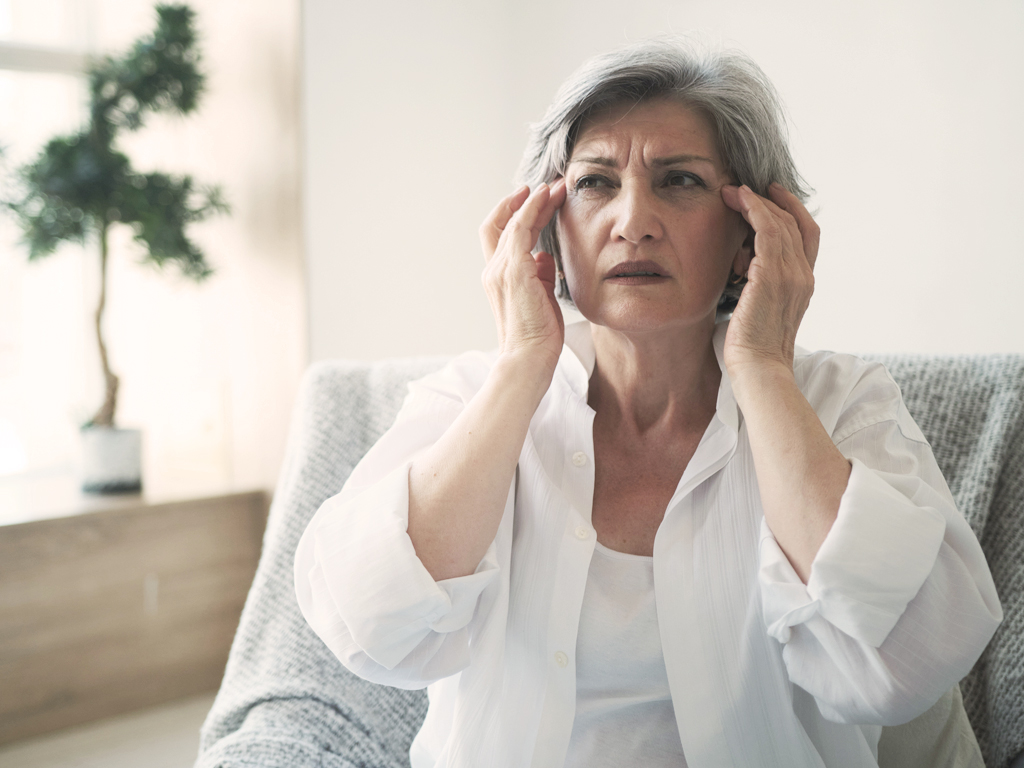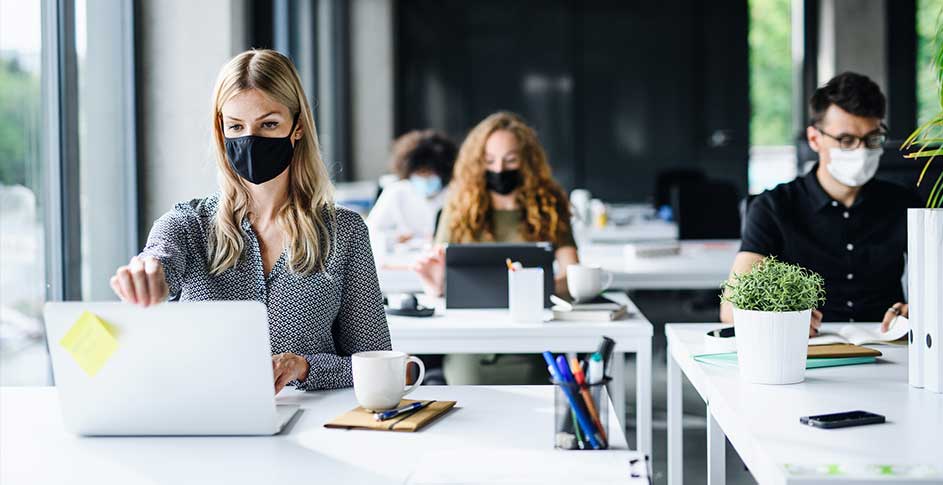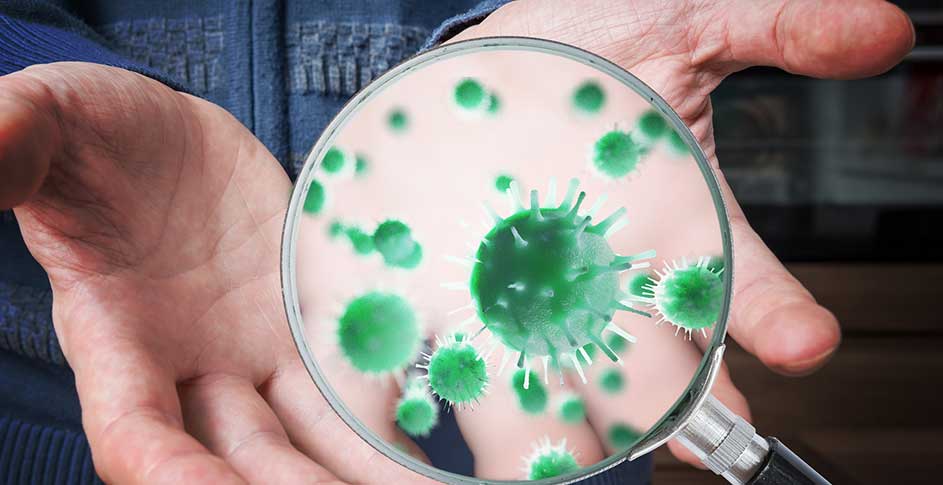Long COVID is devastating families, lives, and the economy. In this article, we will give a brief overview of long COVID and what your business (and what we as a society) can do about it.
What is long COVID?: An (in)formal definition
First, you should know that while “long COVID” is the most popular name, it's not the name used in most official literature. Both the World Health Organization (WHO) and the Center for Disease Control (CDC) call long-COVID “Post-COVID condition(s),” but that's not the only name it goes by. According to the CDC, “People call post-COVID conditions by many names, including: long COVID, long-haul COVID, post-acute COVID-19, post-acute sequelae of SARS CoV-2 infection (PASC), long-term effects of COVID, and chronic COVID.”
In this article, we will mostly be referring to the condition as “long COVID” but know that any of these names may be used interchangeably.
Now that you know which terms can be used, let's establish what they mean. The CDC gives the following definition:
The term ‘post-COVID conditions’ is an umbrella term for the wide range of physical and mental health consequences experienced by some patients that are present four or more weeks after SARS-CoV-2 infection, including by patients who had initial [sic] mild or asymptomatic acute infection.
You'll notice this is a very broad definition—one that not everyone agrees with—but it does distinguish long COVID from a long-lasting case of severe COVID, a rebound infection, reinfection with a new strain, or simply testing positive for a long time when one feels fine. It also distinguishes long COVID from the long-term social and economic effects of the pandemic.
Though long COVID is both physical and psychological, we will focus exclusively on the physical symptoms.
How common is long COVID?
 Headaches and brain fog are two symptoms of long COVID (Image Credit: Getty / Justlight)
Headaches and brain fog are two symptoms of long COVID (Image Credit: Getty / Justlight)
If you ask a dozen websites how common long COVID is, you'll get a dozen answers. According to McKinsey & Co., “Estimates of the prevalence of long COVID currently range from 5 to 50 percent.” Methods of data collection, varying definitions of long COVID, and the relative newness of COVID-19 make it difficult to settle on a number.
As of this summer, the CDC said that 1 in 5 adults who have had COVID (which equates to 1 in 13 adults out of the total population) have long COVID symptoms. Yet another part of their website states that of people who have had COVID-19, only 13.3% have long COVID one month later, 2.5% have long COVID two months later, and 30% of patients who are hospitalized experience long COVID. That's a wide range of estimates for a single government body.
This varying number makes risk calculations difficult for both individuals and organizations. However, when you look at how devastating the symptoms of long COVID can be, the picture clarifies.
Symptoms of long COVID
Over 200 symptoms have been associated with long COVID. The following list—pulled from John Hopkins Medicine—is in no way comprehensive, but it will give you a brief overview:
- Loss of taste or smell
- Post-viral cough
- Lung scarring
- Shortness of breath
- Heart inflammation
- Kidney damage
- Brain fog
- Chronic fatigue
- Lack of appetite
- Headaches
- Dizziness
- Changes in the way people “think, concentrate, speak, [or] remember”
- Insomnia
Perhaps even more concerning is that COVID-19 increases your risk for permanently debilitating conditions. According to Reuters:
People infected with the virus also were 50% more likely to have an ischemic stroke[...]80% more likely to have seizures[...]and 42% more likely to suffer movement disorders, such as tremors, compared with the control groups.
The University of California at Davis Health Department agrees, saying:
New research finds that with each repeat COVID infection – even asymptomatic infection – your risk for complications increases. These include:
- Stroke
- Heart Attack
- Diabetes
- Digestive and kidney disorders
- Long-term cognitive impairment, including dementia
Obviously, long COVID is not something that can be easily brushed off. Even if it only affects the lower estimate of 5%, and even if those 5% only experienced minor symptoms, such an increase in illness would have a devastating effect on families, economies, and society.
If you are not convinced, recall how ill you felt the last time you acquired a 2-week cold. Now magnify that effect across millions of people (or up to 4% of your labor force if you are a business owner) and imagine it last for several months to several years. Such a scenario would be unacceptable, and yet it is occurring right now.
 Long COVID can cause loss of taste and/or smell. (Image credit: Getty / Santiaga)
Long COVID can cause loss of taste and/or smell. (Image credit: Getty / Santiaga)
Why long COVID should change how we think about infection
Clearly, long COVID is something to avoid. The question is, how do we avoid long COVID when we know so little about it? The answer is simple, but not easy: we need to change how we think about the initial COVID infection. As John Hopkins Medicine says, “The best way to avoid post-COVID-19 complications is to prevent infection with the coronavirus in the first place.”
Dr. Deborah Birx, MD is ActivePure's Chief Medical and Science Advisor, as well as one of the foremost infectious disease experts in the world. She has fought on the front lines of multiple pandemics, including HIV/AIDS. At a recent joint global forum, she stated that we need to treat COVID more like HIV/AIDS, in that we need to consider every single infection a failure.
How can we accomplish this when the Omicron variant might be the fastest-spreading virus in human history (albeit still less transmissible than measles>)? At ActivePure, we have 2 proposals for tackling this challenge:
- Rather than wait for one perfect protection, we need to layer imperfect protections on top of each other. This might include frequent testing, masking, vaccines, or other guidance as recommended by federal, state, or local authorities.
- We need to start thinking of the air we breathe the same way we think of the water we drink—that is, we need to treat it. Today, we wouldn't dream of piping untreated water into our buildings, but at the turn of the 19th and 20th centuries, municipal water treatment was a new concept. We believe that air treatment is the new concept for this century, one which will eventually become commonplace. The EPA is slowly coming around to this, having recently included air disinfection in their list of COVID-19 recommendations.
We believe that ActivePure's proprietary technology can be this air treatment. Devices with ActivePure Technology inactivate viruses, mold, and bacteria in the air and on surfaces 24/7. In fact, the Aerus Pure & Clean with ActivePure Technology neutralized 99.99% of the airborne virus which causes COVID-19 in one minute in an enclosed space.
Contact ActivePure to supplement your organization's existing COVID-19 protections today. We'll stand by you for the long battle against long COVID.



